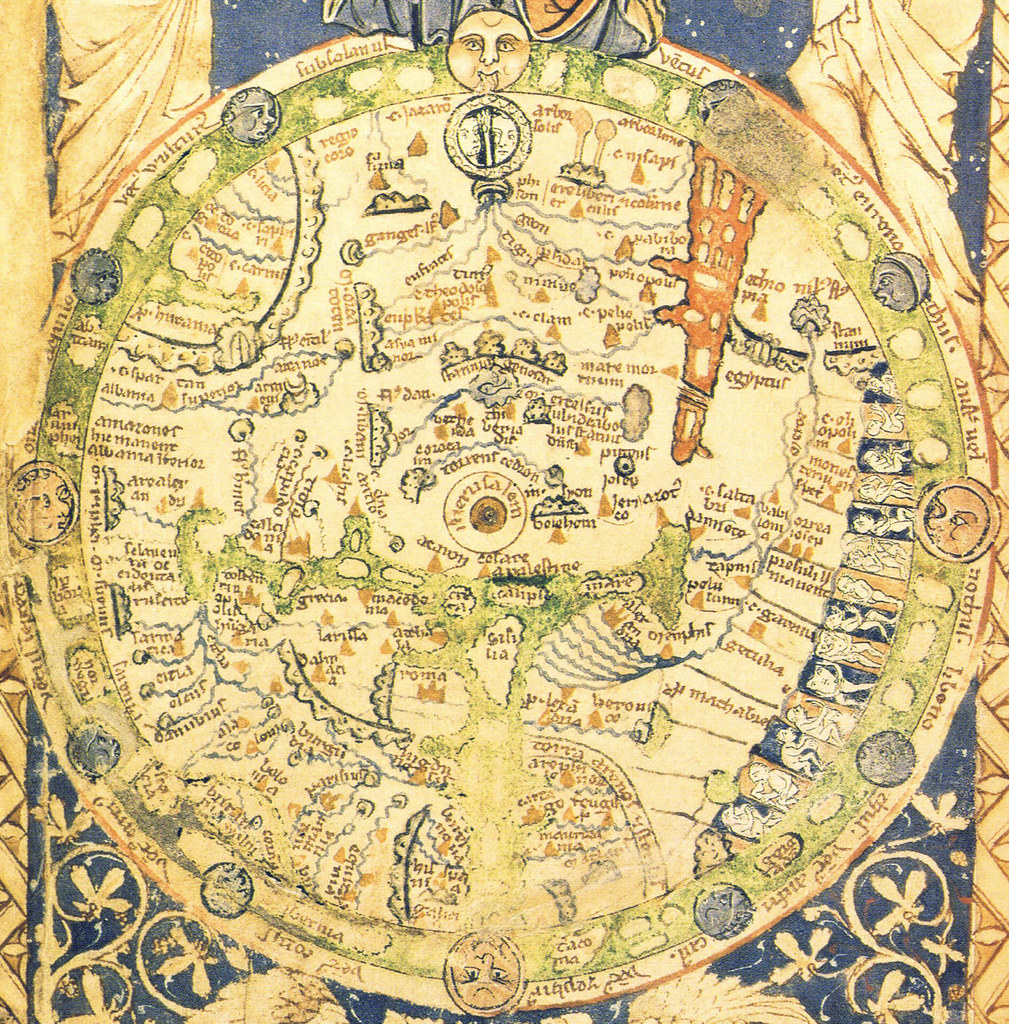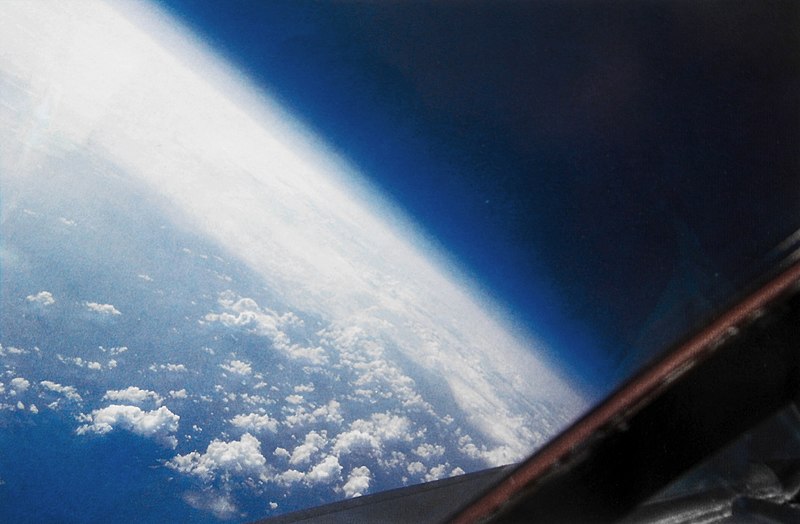The question is how are these arcs proposed by globe earth validated?
--Dave
I was just getting ready to add this to my previous post and now am glad I did not. You can go to this site and check just about any city in the world, (whatever is on their list of course). I just chose these two off the top of my head. The following diagrams show the sun paths as viewed from the two respective cities, Buenos Aries, Argentina, which is fairly deep in the southern hemisphere, and Portland Oregon, US. It doesn't really matter so long as you understand and can see how the sun path in the northern hemisphere traverses an arc across the southern sky, while at the same time, (today), the sun path in the southern hemisphere traverses an arc across the northern sky: and both of these are of course as viewed from the earth in these two locations. The green lines are the path of the sun at the June Solstice. The blue lines are the path of the sun at the December Solstice. The orange lines are the path of the sun today:
EDIT: Since these image files are time-sensitive, and the ones for 3-10-2018 have already disappeared into the internet-ethernet: I have taken those for tomorrow, (3-11-2018), and placed them on another hosting site so that they will remain permanently.
Portland, Oregon, US - Sun Path (orange line: today)
https://www.gaisma.com/en/location/portland-oregon.html
Buenos Aires, Argentina - Sun Path, (orange line: today)
https://www.gaisma.com/en/location/buenos-aires.html
Two entirely differing views of the sun crossing the sky, today, from one city in the northern hemisphere and another city in the southern hemisphere. This cannot be explained on a flat earth map. It is just as I showed you here:
If you are in the northern hemisphere today, (like Portland Oregon, in the first image file), you will see the sun crossing the sky in a similar path to how it is shown on the typical flat earth map. But if you were in the southern hemisphere today, (like Buenos Aries, in the second image file), you would see the sun crossing the sky in the opposite direction, in the northern sky, and the arc which it follows from east to west is the reverse of what you would see from the northern hemisphere: you would see the sun crossing the sky in the pattern as shown in the bottom red half-circle which I have drawn on this flat earth map above, (which is really an azimuthal
globe earth map). Thus, if we are on a globe, then everything is fine because the tropics are actually parallel lines and equal circles with an equal circumference placed on a rotating sphere. However, if we are on a flat earth, then apparently we have at least two suns moving in opposing arcs across the sky and do not even know it, (not to even mention the other straight-line arc, overhead perspective, from places in equatorial regions). In other words the earth cannot be flat even with these very simple physical observations, from the ground, comparing the apparent paths of the sun traversing across the sky.















